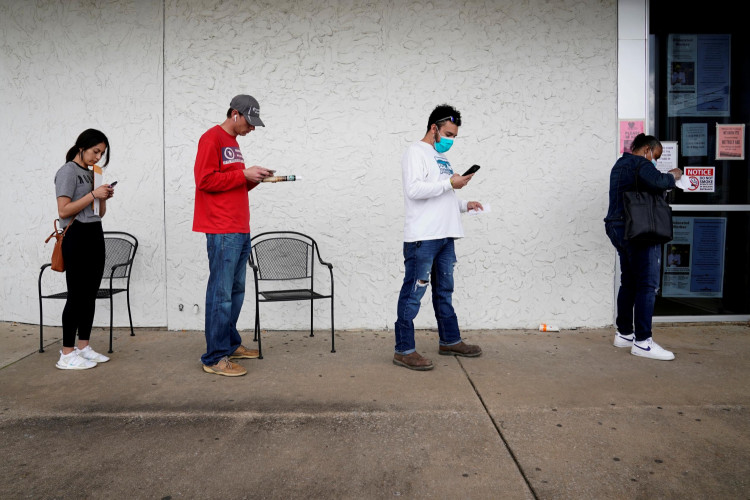Fewer Americans applied for unemployment benefits last week, but the total number of those collecting jobless benefits has risen to its highest level in more than two years. The Labor Department reported on Thursday that initial claims for unemployment benefits fell by 6,000 to 233,000 for the week ending June 22. However, the number of continuing claims, which represent people who have received benefits for at least a week, increased to 1.84 million for the week of June 15, marking the eighth consecutive week of rising numbers.
The Federal Reserve's aggressive monetary policy, which has included 11 interest rate hikes since March 2022, aimed to tackle inflation that soared to a four-decade high after the COVID-19 recession. The strategy was designed to cool an overheated labor market and slow wage growth, both of which are key drivers of inflation.
Many economists anticipated that such rapid rate increases would induce a recession. However, robust consumer demand and a resilient labor market have helped avert this outcome so far. Despite this, recent data suggest that vulnerabilities are beginning to emerge.
Jobless claims, viewed as a proxy for layoff activity, have been trending higher in June after remaining mostly below 220,000 for much of the year. Despite this increase in claims, America's employers added a strong 272,000 jobs in May, though the unemployment rate edged up to 4% the same month. Job postings in April fell to their lowest level since 2021, indicating potential softening in job market dynamics.
The latest report from the Labor Department showed that the four-week average of initial claims, which helps smooth out week-to-week volatility, rose by 3,000 to 236,000. This is the highest level since early September of last year, reflecting a potential shift in labor market trends.
The increase in continuing claims suggests that unemployed Americans are finding it more challenging to secure new employment. The uptick from 1.82 million to 1.84 million indicates that more people are staying on unemployment rolls for extended periods, hinting at a slowdown in the overall health of the job market.
This data presents a nuanced picture of the U.S. labor market. On one hand, the decline in initial claims points to fewer layoffs, suggesting some resilience. On the other hand, the rise in continuing claims signals difficulties for those already unemployed, indicating a potential softening in job market fluidity.
The Federal Reserve's policies have played a significant role in shaping this environment. The intent behind the rate hikes was to cool down economic activity and tame inflation. While this strategy has not yet led to a full-blown recession, the higher continuing claims could be an early indicator of economic stress.






